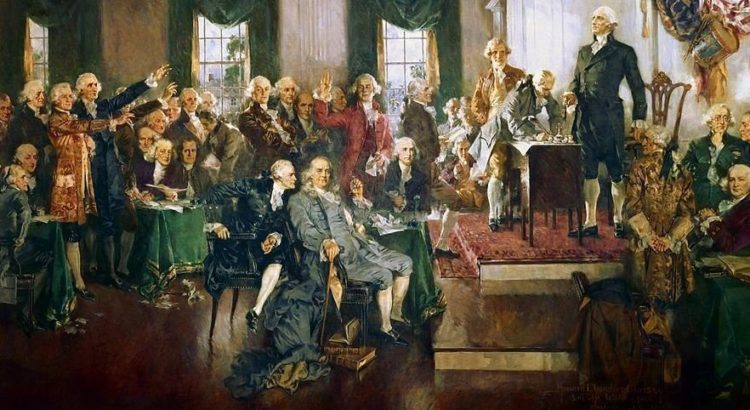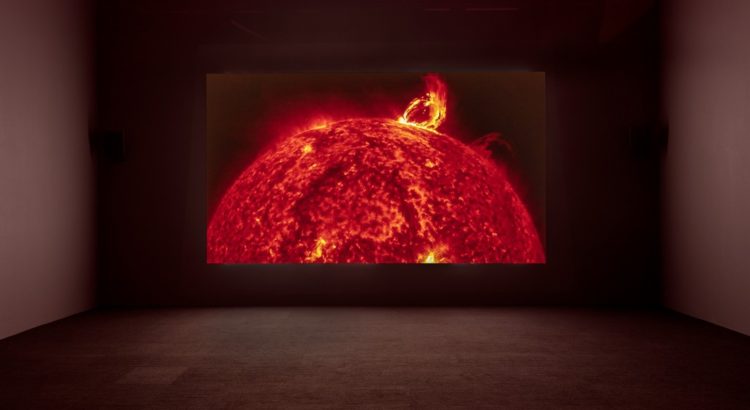I recently saw a tweet that said the weeks/days at school between Thanksgiving and Winter break feel like the last lap of Mario Kart. The music is loud, you are on edge and everything is extremely stressful. Sounds about right…
As final project due dates and exam days approach my mind somehow wanders constantly. Instead of thinking about the 50+ film terms I need to know on Tuesday I have been thinking of what movies I am going to watch on break and what type of hot chocolate I will be drinking while watching said movie. I am thinking about what vegan food I will prepare for myself and what book I should dedicate my time to. Or maybe even what color yarn I will choose to knit a scarf with.
Since being in college winter break is an entirely different feeling than what it was when I was in high school. I used to have to study for exams but now I have absolutely no responsibilities over break(besides updating student loans and looking for internships but who wants to talk about those? Hint…hint…no one.) Since I have so much built into the final week of my first semester my mind can’t help but think about the upcoming break filled with opportunity.
This semester I have been writing ‘what is art?’ posts trying to connect with a variety of students on campus. I have written about typography, doodling, and even the Michigan ‘M’. As I sit here in Hatcher Graduate Library pretending to be prestigious while thinking about break, I have also been thinking about what argument I should discuss on this platform to leave my readers(YOU) considering it over our lengthy break and guess what? I have thought of one!
Photography.
No, I am not talking about fine art photography but instead the day to day average ol’ human photography everyone takes and consumes. Have you ever considered your photo album on your phone to be your artistic vision and/or daily expression? Well, tis indeed just that!
Everyone’s photography and photo collection are personal to them and are based on their interests, what they value, and other aspects relating to identity. For example, my friend has her photo album filled with pictures of fall leaves and Kerby memes. Odd? Maybe, but you can gain a lot of possible knowledge from this information. 1. She is attracted to the warmth of fall colors 2. The fall time is her favorite season 3. Her favorite animated character is Kerby 4. Kerby’s shape just really cracks her up.
These clues that connect photos to an individual are the essence of how everyday photography is an art. In Susan Sontag’s book, On Photography, she says, “…photographs alter and enlarge our notions of what is worth looking at and what we have a right to observe. They are a grammar and, even more importantly, an ethics of seeing.” We take and collect photos because we are addicted to the power of claiming who we are and showing we exist even if it’s private/hidden on our phones.
Although in our generation we can be seen as overusing technology, no one can argue that converting our experience into an image isn’t a form of art. We are choosing to prove we exist and are doing this by capturing a moment in time and displaying what we are seeing in our own perspective. We are showcasing that this collection contains who we are and that we are.
As you all head full force into exam season and then respectively to wherever you shall be during break, consider how your own photo album can be a form of you and your expression. Think about why you saved that photograph of a puppy smooshed up against a window or took that picture of the drips coming off of an icicle. Additionally, recognize the urge you feel to take a picture of something and why? Or maybe think about why you desire to save a photo or share it.
Photography as an art is hard to grasp for some especially social photography but it is an interesting argument to explore and discuss.
Well, that’s all I have to say for now. Talk to you in January 🙂




















